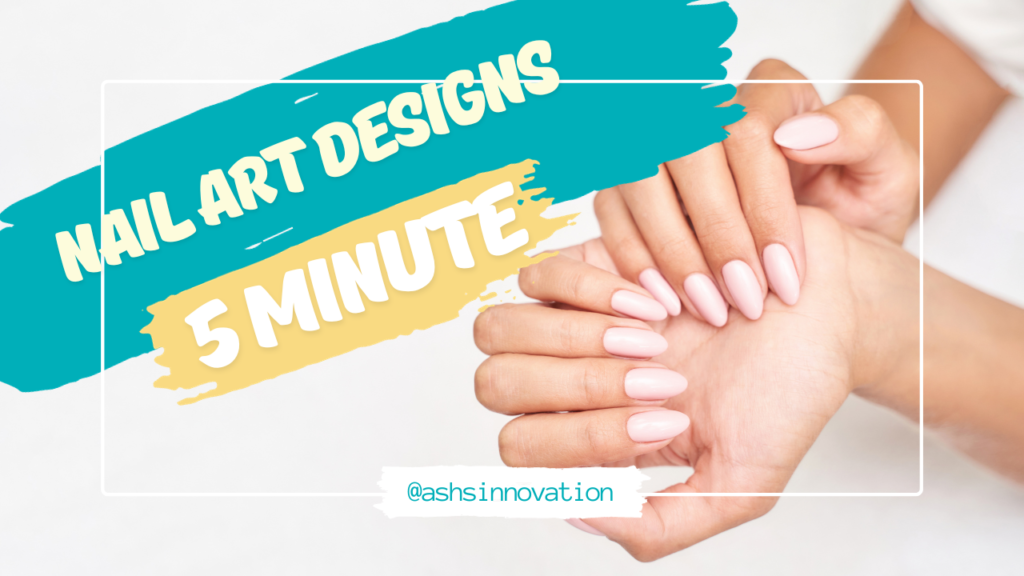In the realm of oral hygiene, where toothbrushes and dental floss often take the limelight, there exists a modest yet indispensable tool that frequently goes unnoticed – the tongue cleaner. Despite its unassuming appearance, the tongue cleaner plays a vital role in maintaining oral health, preventing bad breath, and promoting an overall sense of well-being. In this comprehensive guide, we will delve into the multifaceted world of tongue cleaners, exploring their benefits, various uses, and the importance of integrating them into a daily oral care routine.
Table of Contents
The Basics of a Tongue Cleaner
A tongue cleaner, also known as a tongue scraper, is a simple yet effective oral hygiene device specifically designed to clean the surface of the tongue. Typically constructed from materials like plastic or metal, it features a small, flat, and flexible design, often with a slightly curved shape to match the contours of the tongue. Some tongue cleaners even incorporate soft bristles or textured surfaces to enhance their cleaning capabilities.
Benefits of Tongue Cleaning
- Bacteria Banishment: The human tongue is a natural habitat for bacteria, contributing to issues such as bad breath, cavities, and other oral health concerns. The primary benefit of a tongue cleaner lies in its ability to effectively remove bacteria, food particles, and dead cells from the tongue’s surface, significantly reducing the risk of these oral problems.
- Combatting Bad Breath: Persistent bad breath, medically known as halitosis, often originates from the bacteria residing on the tongue. Regular use of a tongue cleaner is instrumental in eliminating these odor-causing bacteria, leading to fresher breath and heightened self-confidence.
- Taste Bud Liberation: The tongue’s surface can become coated with various substances, affecting taste bud function and dulling the sense of taste. By utilizing a tongue cleaner, individuals can experience an enhancement in taste perception, allowing them to fully savor and enjoy the flavors of their food.
- Comprehensive Oral Hygiene: While brushing and flossing primarily target the teeth and gums, a tongue cleaner completes the trifecta of oral care by addressing the tongue. Integrating tongue cleaning into a daily routine contributes to a more comprehensive and holistic approach to oral hygiene.
Different Types of Tongue Cleaners
- Plastic Tongue Cleaners: These are the most common and widely available type of tongue cleaners. Made from durable, flexible plastic, they are easy to use and clean. Many plastic tongue cleaners have a smooth surface, while others may feature ridges or soft bristles for enhanced cleaning.
- Metal Tongue Cleaners: Metal tongue cleaners are often made from stainless steel or copper. They are durable and can be more effective in removing stubborn debris from the tongue’s surface. Some individuals prefer the sensation of a metal tongue cleaner, finding it sturdier and more efficient.
- Tongue Cleaners with Bristles: Some tongue cleaners come equipped with soft bristles or a textured surface. These features can further aid in cleaning the tongue’s surface by dislodging particles and bacteria. Bristled tongue cleaners are gentle yet effective in providing a thorough clean.
How to Use a Tongue Cleaner
Using a tongue cleaner is a simple process that can be seamlessly integrated into your daily oral care routine. Here’s a step-by-step guide:
- Positioning: Stand in front of a mirror and extend your tongue.
- Scraping: Place the tongue cleaner at the back of your tongue and gently scrape it forward, removing any debris along the way. Repeat this motion several times, covering the entire surface of the tongue.
- Rinsing: After each scrape, rinse the tongue cleaner under running water to remove accumulated debris. Continue scraping until the tongue is visibly clean.
- Cleaning the Tongue Cleaner: After use, clean the tongue cleaner thoroughly with water and store it in a dry place. Regular cleaning of the tongue cleaner is essential to maintain its hygiene and effectiveness.
Frequency of Use
For optimal results, it is recommended to use a tongue cleaner at least once a day, preferably as part of your morning oral care routine. This frequency ensures the removal of overnight buildup and contributes to maintaining a clean and healthy tongue throughout the day.
Choosing the Right Tongue Cleaner
Selecting the right tongue cleaner depends on personal preference and comfort. Some individuals may prefer the ease and flexibility of plastic tongue cleaners, while others may opt for the sturdiness of metal ones. Those looking for additional cleaning action may find bristled tongue cleaners to be a suitable choice. Experimenting with different types can help you determine which one suits your needs and feels most comfortable during use.
Conclusion
In the pursuit of optimal oral health, the humble tongue cleaner emerges as an unsung hero, offering a myriad of benefits beyond its unassuming appearance.
From banishing bacteria and combatting bad breath to liberating taste buds and contributing to comprehensive oral hygiene, the tongue cleaner deserves a prominent place in every individual’s daily oral care routine.
By making tongue cleaning a regular practice, you not only enhance your oral health but also embark on a journey toward a fresher, more confident smile. So, embrace the tongue cleaner – a small yet powerful tool that speaks volumes for your oral well-being.
Other Articles: The best Microfiber Towels for Hair, Skin, Face, and Bath



